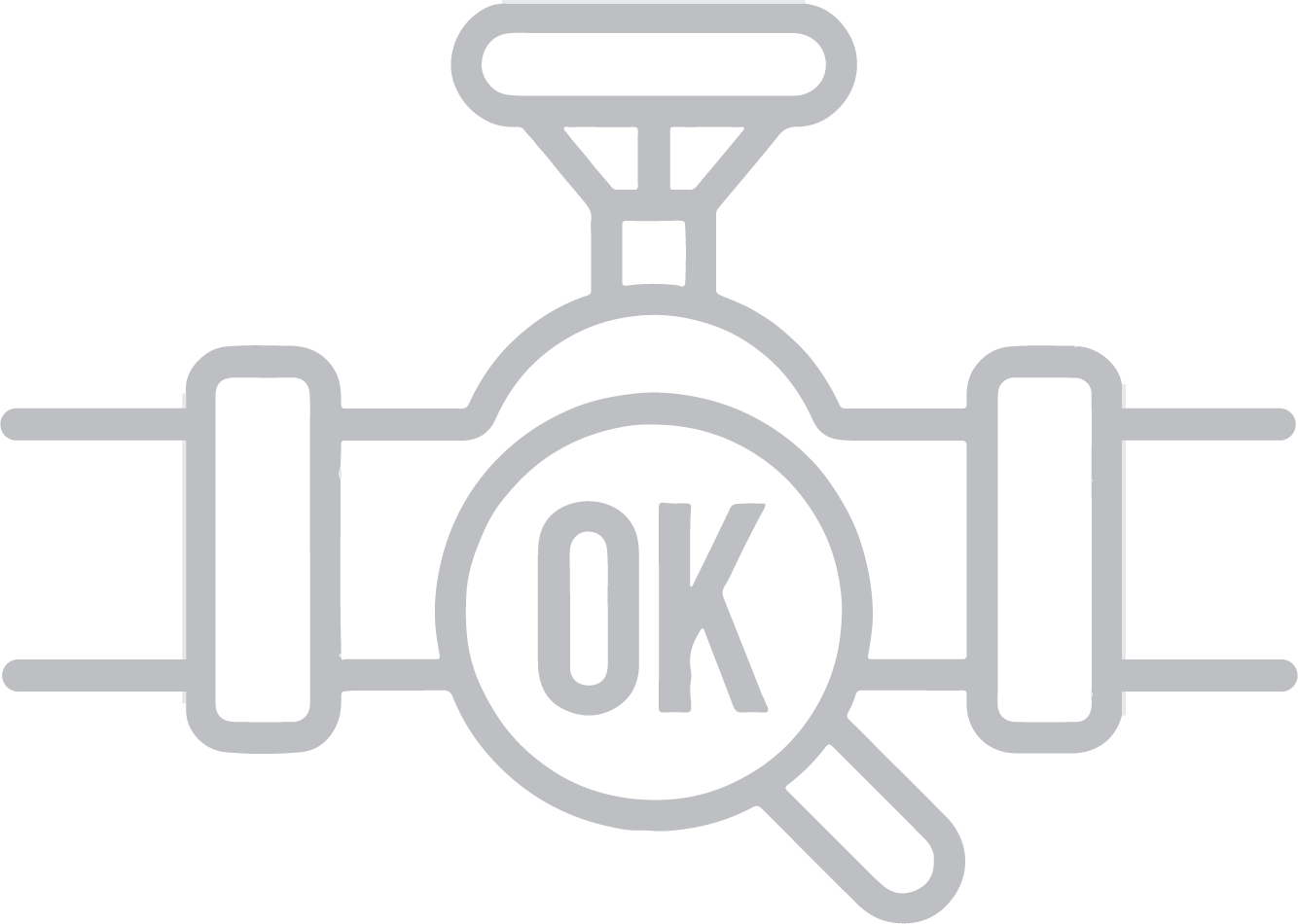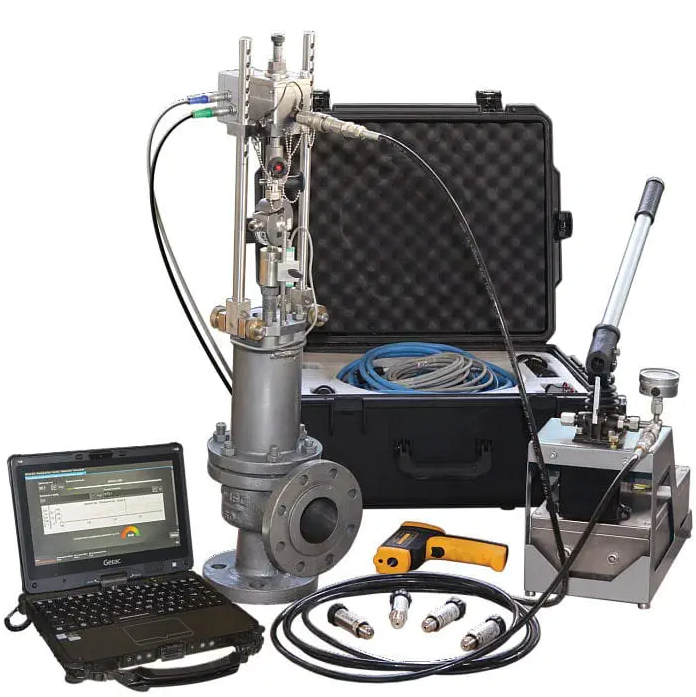Valve calibration without intervention in the production process!
Calibration and repair are two quite different things. If your certificates are about to expire, you don't need to stop the plant to update the document. Calibration can be done in-line, with a trained professional, equipment designed specifically for this purpose, and a reliable database with the critical internal measurements of the specific model of the valve to be calibrated. Now, if the valve is leaking, overheating, or if you believe the valve is losing calibration over time, it's probably a repair case, and then you might need some magic to fix it online.

As long as the line pressure can be stabilized, you can perform the online test without stopping your process.
You can confirm and certify the opening pressure of your PSV.

The online test has been widely used for decades by industries to comply with NR13.
The standard mentions hydraulic or pneumatic equipment as an alternative for valve calibration.
Our online test has a double-action hydraulic device that, when coupled to the valve body and stem, is slowly activated exerting force against the valve closure until the actuation is verified.
During this process, a combination of sensors monitors various parameters relevant to the valve's behavior. The information is cross-referenced and presented in a real-time graph, relating the collected information, such as calibration parameters and technical valve construction standards. After the complete test and calibration cycle, the obtained information is archived and related in the test report and calibration certificate provided to the customer.
The online test is a nautical instrumentation tool used to assess the opening point of safety valves. The tool is based on the principle of the balance of 3 forces: Process; Spring; Hydraulic Device. At the moment when the 3 forces have a null resultant, the movement of the shutter is verified, causing the valve to open. Always be attentive: As the process force is the result of the product between the fluid pressure and the internal area of the valve seat, make sure that this area and pressure information have been obtained from secure sources. Also, check for the presence of acoustic sensors capable of identifying the exact moment of equipment opening and always demand the presentation of load cell calibration certificates.
Contact
Orgulhosamente certificada ISO9001:2015
Páginas

